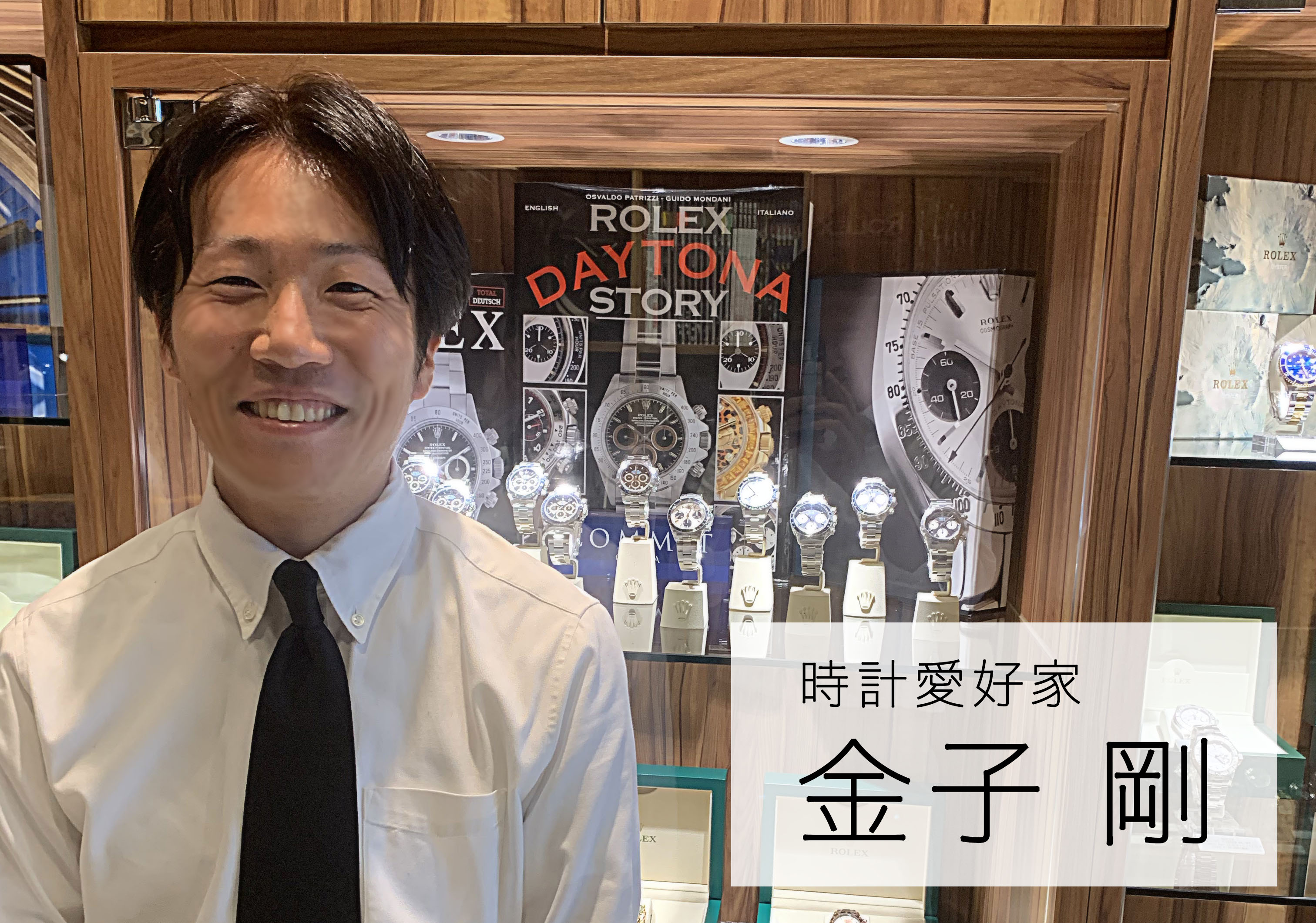Hello!
This is Kaneko from Commit Ginza.

Thank you to all our readers for always reading our magazine.
Also, thank you for your encouraging words. They are very encouraging.
Everyone is feeling very anxious about the coronavirus.
At Commit, we are also taking every precaution to prevent the spread of infection.
Please be extremely careful.
The spread of the coronavirus has led to a drop in stock prices around the world, causing the economy to fall into complete chaos and leading us to the brink of an uncertain recession.
Therefore, I would like to consider the future market price of watches from my own perspective, taking into account the state of the market for watches during the Lehman Shock.

First of all, when considering the market price of watches, it is important to remember that the market price of luxury watches is not a domestic one but a global one , and that prices are determined by supply and demand .
For that reason, the rate of decline and market price will be different for items currently on sale, where numbers are increasing as they are produced every day, and for items that have been discontinued and the number of items remaining in the world is fixed.
In addition, global prices are denominated in US dollars , so this relationship is also important.

In the few years following the Lehman Shock in 2008, the exchange rate fell to the 70 yen to the dollar range.
At the time, the Reference 16520 Daytona was trading for over $10,000 overseas.
Domestically, the market price in Japan was around 800,000 yen, plus import duty, which was around 900,000 yen.
As you all know, Abenomics then saw the exchange rate rise to the 120 yen range.
The economy is also showing signs of recovery, and overseas it was trading at around 10% higher at 11,000-12,000 dollars. With the yen weakening to 120 yen, this translates to 1.5-1.6 million yen.
In fact, even if the price has not increased that much, it is not uncommon for these external factors to make you feel that the price has increased.

After that, the Ref. 16520/El Primero became increasingly popular and its price soared even in US dollar terms.
At first, as prices rose overall, the final model numbers with P serial numbers, followed by A serial numbers, were particularly popular, but as I mentioned earlier, in terms of the absolute number of units available, tritium dials, which can never be obtained again, became more valuable than Luminova dials, which can be obtained even if traded.

We've talked about supply and demand, but a Paul Newman Daytona costs over 20 million yen, and if it's in rare condition, it can go for several hundred million yen.
Speaking of rare, "limited numbers," the Ref. 6541 Milgauss and Ref. 16610 Panama dial are out of existence even though there are less than one-tenth as many of them, and yet the Paul Newman is more expensive.
This has value in terms of absolute numbers, but it can also be said to be a balance with demand.
The value and price of a watch is always determined by demand - the number of people who want it - and supply - the number of people who want to sell it.
Next time, we will talk about price falls and rises during economic downturns.






























































